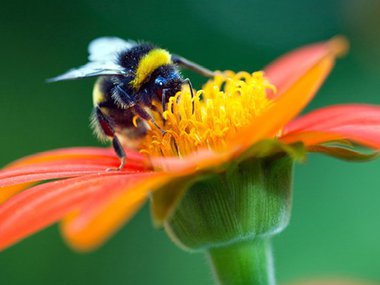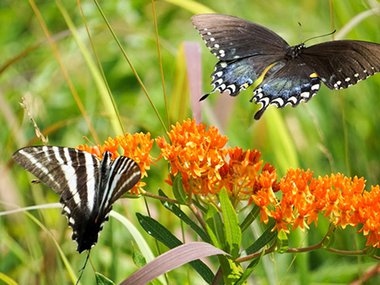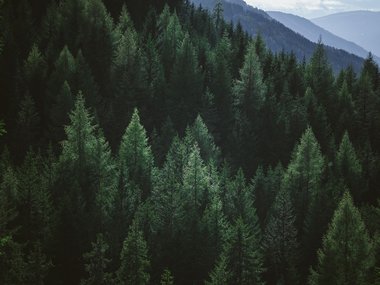Endangered Monarchs: The Rise and Fall of a Powerful Butterfly
Monarch butterflies are awesome. Ok, while that may be a little subjective, the person who named the winged insects called them monarchs for a reason: they are powerful and they do rule!
Not only are monarchs aesthetically pleasing with their brilliant orange wings accentuated by black outlines and white spots, but they’re also intelligent. Here’s just one example: monarchs have an internal compass that guides them thousands of miles during migration!
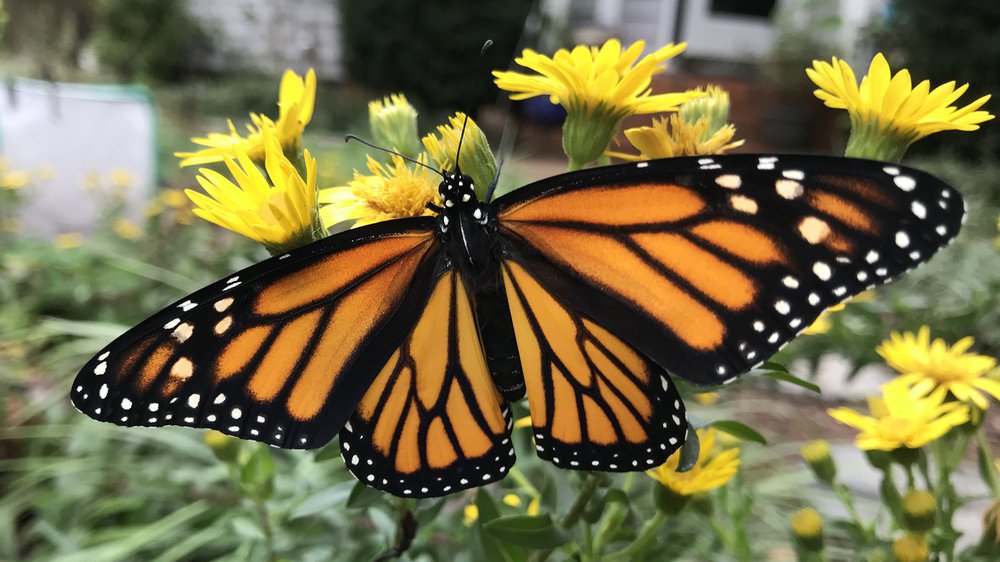
Adult monarchs are also vital pollinators. Many of the plants humans and other wildlife depend on (think fruits, vegetables and herbs) require pollinators to reproduce. The decline in monarch populations also indicates the health of other pollinator populations, which directly impacts human food systems. If you want to continue eating chocolate, tomatoes and avocados, and if you want to keep drinking coffee, almond milk and wine, you need pollinators!
However, just as the number of countries ruled by kings and queens in the world has dwindled over the years, so too has the number of monarchs. For decades, these little creatures have been threatened from habitat and food loss. Now, the situation is so dire that the International Union for Conservation of Nature has added the monarch butterfly to the endangered species list.
The potential loss of the monarch would be yet another defeat in our fight to maintain healthy ecosystems by destabilizing balanced food webs that are critical for sustaining life on Earth.
To explain the importance of species diversity in an ecosystem, biologists Paul and Anne Ehrlich published The Rivet Popper hypothesis in 1981 comparing ecosystems to a plane. The rivets in an airplane (the mechanical fasteners holding pieces of the plane together) are like the species present in an ecosystem. If you remove some rivets, you may have an uncomfortable flight. Remove too many rivets–or the wrong rivets from critical pieces like the wings–and the plane will crash.
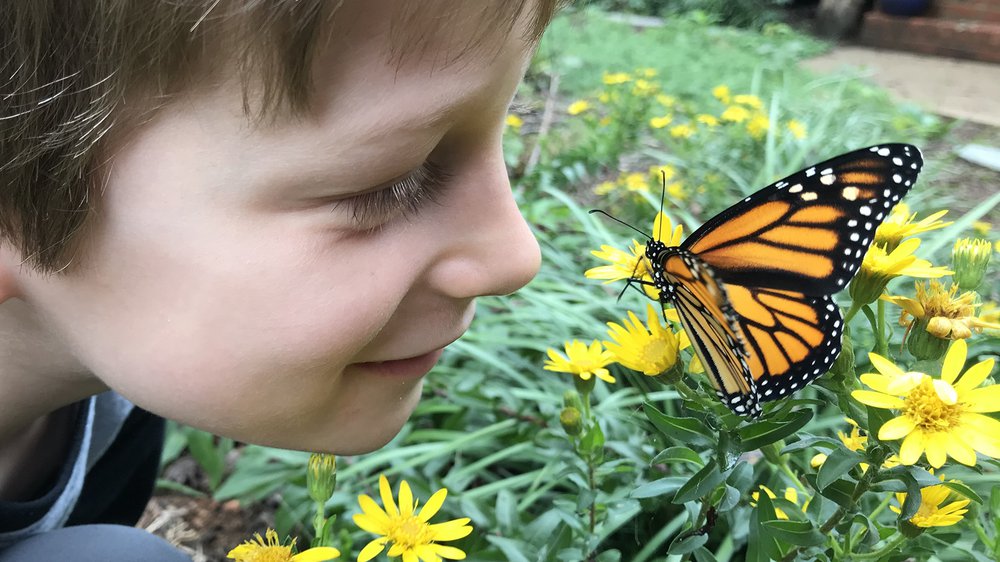
The question scientists are seeking to understand, then, is: just how many species can we lose in an ecosystem before it crashes? While we don’t know the exact answer to this question, Earth’s history can provide some insights. And, many scientists are sure we don’t want to find out in real time. So what can we do?
To help monarchs, plant native milkweeds in your yard or community garden. Monarchs coevolved with milkweed, and monarch caterpillars feed exclusively on the toxic wildflowers in the genus Asclepius. The toxicity transfers to the larva, making them less palatable to predators. If they don’t get eaten as a caterpillar, they have a greater chance of making it to the adult stage in their life cycle and turning into a butterfly.
To sustain monarchs throughout their entire lifecycle, it’s also important to plant nectar-rich flowers. Monarch butterflies can feed on a wider variety of plants than their caterpillars so you have choices about what to plant. Narrow-leaved sunflower, Joe pye weed, narrow-leaved mountain mint and blackeyed Susan are all good options for yards in Central Virginia. Even if you can’t plant acres of flowers, consider adding even a few pots full of nectar plants to your outside spaces to provide monarchs with a food source.
Aside from adding extra plants to your garden, you can help monarchs by eliminating pesticides and insecticides from your yards and working on reducing your carbon footprint. Yes, doing all you can to go green will help butterflies as climate change is also contributing to their decline.
Lastly, an easy way to help is by simply spreading the word. No, this isn’t a shameless plug to get you to share this blog (buy, hey, you certainly could!). The more people who understand how important monarchs are to our lives, realize that their population is in decline and recognize how they can help sustain monarch populations, the better off the species will be. Tell your friends, neighbors, social media followers, coworkers and family members what you’re doing to help. As someone wise once said, be the change you want to see in the world.
Humans have saved animals from extinction in the past, so there is hope! Endangered species can and do make a comeback. Just because monarchs were recently labeled as endangered doesn’t mean they have to stay that way. It’s time for our metamorphosis, to transform the way we see monarchs and to shape up to save them.
